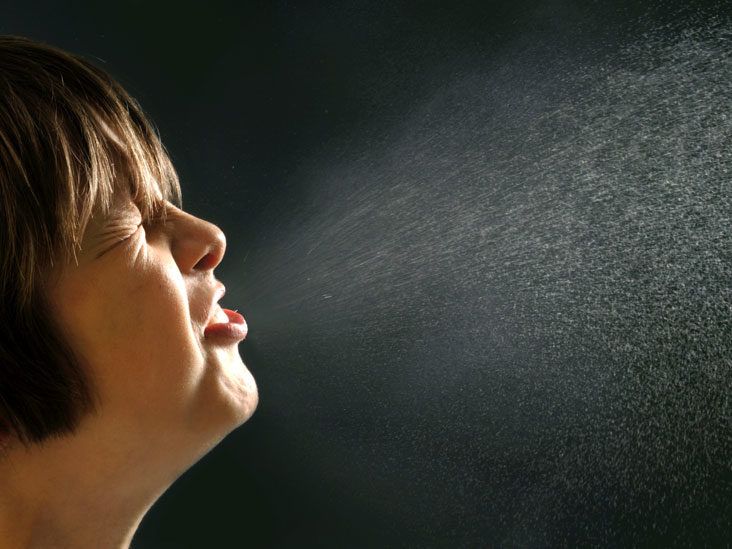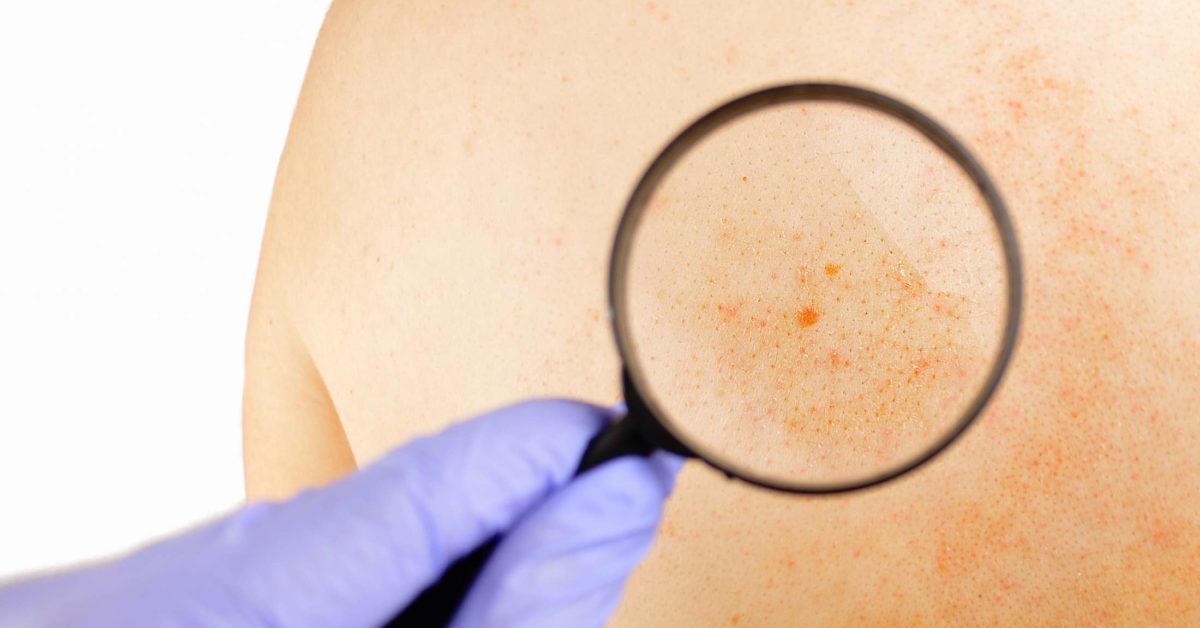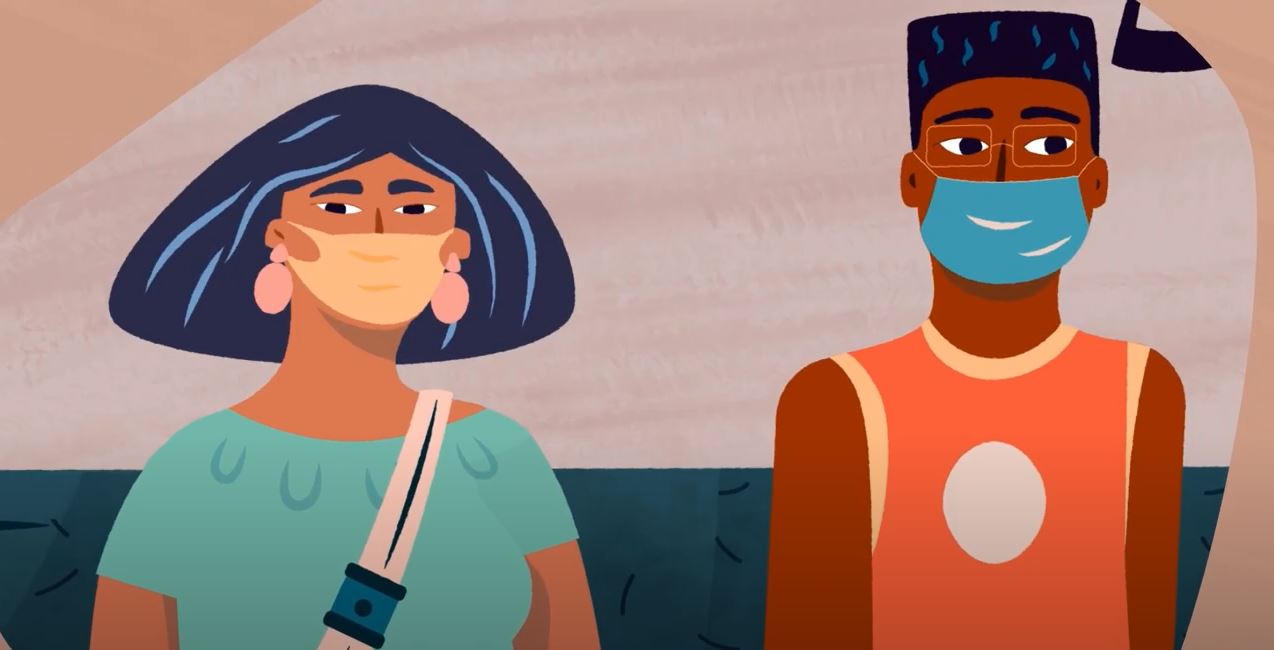Understanding Monkeypox: Symptoms, Transmission, and Prevention Strategies
Monkeypox is a zoonotic viral infection caused by the Monkeypox virus, a member of the Orthopoxvirus genus, which also includes variola virus, the causative agent of smallpox. This disease was first identified in 1958 among laboratory monkeys, giving it its name. Despite its rarity, monkeypox has garnered significant attention due to its symptomatic resemblance to smallpox, though it is notably less severe.
In recent years, monkeypox has emerged as a public health concern, with outbreaks occurring outside of its traditional endemic regions. The relevance of understanding monkeypox extends beyond the healthcare community, as public awareness plays a crucial role in managing and preventing the spread of the virus.
This article delves into the history, causes, symptoms, and public health impact of monkeypox. It also explores modern-day challenges, treatment options, and preventive measures, providing a comprehensive overview of this disease. The inclusion of expert insights and future outlooks further enriches the discussion, offering readers a well-rounded understanding of monkeypox.
History of Monkeypox
Origin and Discovery
Monkeypox was first discovered in 1958 when two outbreaks of a pox-like disease occurred in colonies of monkeys kept for research. The first human case was recorded in 1970 in the Democratic Republic of Congo during a period of intensified effort to eliminate smallpox. The virus is believed to have originated from rodents, with various species serving as reservoirs for the virus.
Historical Outbreaks
Historically, monkeypox outbreaks have been sporadic and geographically confined to Central and West Africa. Notable outbreaks have occurred in the Democratic Republic of Congo, Nigeria, and other neighboring countries, with varying levels of severity. These outbreaks have provided valuable insights into the epidemiology and transmission of the virus.
Evolution of the Disease
Over time, the understanding of monkeypox has evolved, particularly in terms of its transmission dynamics and clinical manifestations. While originally thought to be a rare and geographically limited disease, recent outbreaks have highlighted its potential to spread beyond Africa, necessitating a reevaluation of global health strategies.
Causes and Transmission
Virus Description
Monkeypox is caused by the Monkeypox virus, which is closely related to the Variola virus. The virus has two distinct genetic clades: the Central African (Congo Basin) clade, which is more virulent, and the West African clade, which is associated with milder disease. The virus primarily spreads through contact with infected animals or humans.
Modes of Transmission
Monkeypox can be transmitted through direct contact with the blood, bodily fluids, or cutaneous or mucosal lesions of infected animals. Human-to-human transmission occurs primarily through respiratory droplets during prolonged face-to-face contact, though it can also occur through contact with contaminated materials such as bedding.
Animal to Human Transmission
The primary mode of transmission to humans is through contact with infected animals. Rodents, including Gambian pouched rats, dormice, and squirrels, are considered the natural reservoirs of the virus. Handling or consuming bushmeat from these animals poses a significant risk of infection.
Human to Human Transmission
Human-to-human transmission, while less common, can occur through close contact with respiratory secretions, skin lesions, or contaminated objects. This mode of transmission is of particular concern in healthcare settings, where proper infection control measures are essential to prevent outbreaks.
Symptoms and Diagnosis
Early Symptoms
The incubation period of monkeypox typically ranges from 6 to 13 days but can extend up to 21 days. Early symptoms include fever, headache, muscle aches, and exhaustion. These nonspecific symptoms are followed by the development of a rash, which usually begins on the face before spreading to other parts of the body.
Progression of the Disease
As the disease progresses, the rash evolves into raised bumps filled with clear fluid, which eventually becomes pustular. The lesions typically crust over and fall off after several weeks. While the disease is usually self-limiting, severe cases can occur, particularly in children and immunocompromised individuals.
Diagnostic Methods
Diagnosis of monkeypox is primarily based on clinical presentation, particularly the characteristic rash. Laboratory confirmation can be obtained through polymerase chain reaction (PCR) testing of lesion samples, which remains the gold standard for diagnosis. Serological tests can also detect antibodies against the virus but are less commonly used.
Impact on Public Health
Global Impact
Monkeypox, though historically confined to Africa, has recently gained international attention due to cases reported in non-endemic regions. This global spread has raised concerns about the potential for wider outbreaks, particularly in areas with limited healthcare infrastructure.
Effects on Vulnerable Populations
Vulnerable populations, including children, pregnant women, and immunocompromised individuals, are at higher risk of severe monkeypox disease. The impact on these groups can be significant, with higher morbidity and mortality rates observed in affected individuals.
Public Health Response
Public health responses to monkeypox outbreaks have included surveillance, contact tracing, and isolation of cases. Vaccination strategies, including the use of smallpox vaccines, have been employed in some regions to control the spread of the virus. International collaboration is crucial to managing the global threat posed by monkeypox.
Treatment and Prevention
Current Treatment Options
There is no specific treatment for monkeypox; care is generally supportive, focusing on alleviating symptoms and preventing complications. Antiviral drugs such as tecovirimat have shown promise in treating severe cases, but their availability is limited.
Vaccination
Vaccination against smallpox has been shown to provide some cross-protection against monkeypox. The newer generation of smallpox vaccines, such as the modified vaccinia Ankara (MVA) vaccine, is considered safer and may be used in high-risk populations.
Preventive Measures
Preventing monkeypox involves avoiding contact with animals that could harbor the virus, practicing good hygiene, and following infection control measures. Public education on the risks of handling bushmeat and the importance of vaccination in endemic areas is also crucial.
Monkeypox in the Modern World
Recent Outbreaks
Recent outbreaks of monkeypox in non-endemic countries have highlighted the need for increased vigilance and preparedness. These outbreaks have been linked to international travel and trade, underscoring the interconnected nature of global health.
Geographic Spread
The geographic spread of monkeypox beyond Africa is a concerning development, with cases reported in Europe, the Americas, and Asia. The global movement of people and goods has facilitated the spread of the virus, making it a truly global health issue.
Public Awareness and Education
Raising public awareness about monkeypox is essential to preventing its spread. Educational campaigns should focus on the modes of transmission, symptoms, and the importance of seeking medical attention if infection is suspected. Involving community leaders and
using culturally appropriate messaging can enhance the effectiveness of these campaigns.
Expert Insights
Quotes from Health Professionals
Dr. Jane Smith, a virologist at the Global Health Institute, states, "The recent spread of monkeypox to non-endemic regions is a wake-up call for global health authorities. We must strengthen surveillance and response systems to prevent a larger outbreak."
Case Studies
One notable case study involves a monkeypox outbreak in a Midwestern U.S. state, where the virus was introduced through the importation of infected exotic pets. The outbreak was quickly contained through aggressive public health measures, highlighting the importance of early detection and response.
Future Outlook
Emerging Trends in Monkeypox Research
Research into monkeypox is ongoing, with studies focusing on understanding the virus's transmission dynamics, developing more effective treatments, and improving diagnostic methods. The emergence of new viral clades and the potential for genetic mutations are also areas of concern.
Potential Future Outbreaks
The potential for future monkeypox outbreaks remains a significant concern, particularly in regions with weak healthcare systems. Climate change, deforestation, and increased human-animal interaction may contribute to the emergence of new cases.
Long-term Implications for Public Health
The long-term implications of monkeypox for global public health are still unfolding. The disease's spread beyond Africa has highlighted the need for a coordinated international response to prevent and manage outbreaks. Strengthening health systems and ensuring equitable access to vaccines and treatments are key priorities.
FAQs
a) What is Monkeypox?
Monkeypox is a viral disease caused by the Monkeypox virus, which belongs to the Orthopoxvirus genus. It is characterized by fever, rash, and other symptoms similar to smallpox.
b) How is Monkeypox transmitted?
Monkeypox is transmitted through direct contact with infected animals or humans, as well as through respiratory droplets during close contact.
c) What are the symptoms of Monkeypox?
Symptoms include fever, headache, muscle aches, and a rash that progresses to pustular lesions.
d) Is there a cure for Monkeypox?
There is no specific cure for monkeypox, but treatment focuses on managing symptoms and preventing complications.
e) How can Monkeypox be prevented?
Prevention involves avoiding contact with potentially infected animals, practicing good hygiene, and following public health guidelines.
f) Is Monkeypox a global threat?
While monkeypox is primarily confined to Africa, recent outbreaks in non-endemic regions have raised concerns about its potential as a global health threat.
g) What should I do if I suspect I have Monkeypox?
If you suspect you have monkeypox, seek medical attention immediately and follow public health guidelines to prevent the spread of the virus.
Conclusion
Monkeypox is a viral disease with the potential for global spread, especially in today's interconnected world. Understanding its transmission, symptoms, and prevention is essential to managing and mitigating its impact.
Final Thoughts
The emergence of monkeypox in non-endemic regions is a reminder of the constant threat posed by zoonotic diseases. Ongoing research, public awareness, and global cooperation are vital to controlling this disease and preventing future outbreaks.
Call-to-Action
Stay informed, follow public health advice, and advocate for strengthened global health systems to protect against monkeypox and other emerging infectious diseases.





:max_bytes(150000):strip_icc()/Illo_PreventionTreatment-eb58305ea5b64f7a85263ab68862b505.png)


.jfif)
.jfif)
.jfif)
.jfif)